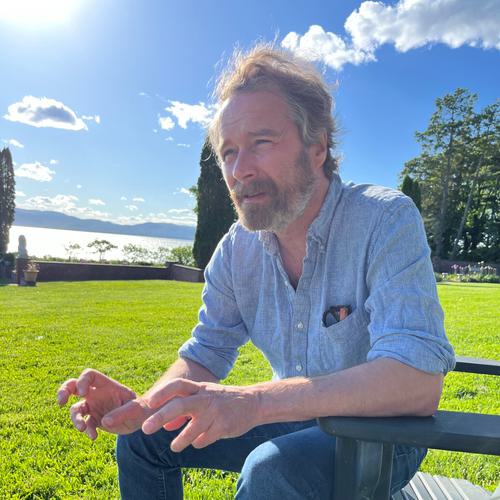
Dan Chiasson
Lorraine C. Wang Professor of English
Poet and critic.
I write poems when I am able; I write other stuff the rest of the time. I have been a regular contributor to The New Yorker since 2000. I also write regularly about poetry, politics, art, and popular music for The New York Review of Books. I have published six books, most recently The Math Campers (Alfred A. Knopf, 2020). My next project is a book about my hometown and the role it played in shaping the ideas and career of Bernie Sanders: Bernie for Burlington: Politics and Change in One American Place (Alfred A. Knopf, 2026). I enjoy teaching poetry of all periods, with an emphasis on recent American poets.
Education
- B.A., Amherst College
- Ph.D., Harvard University